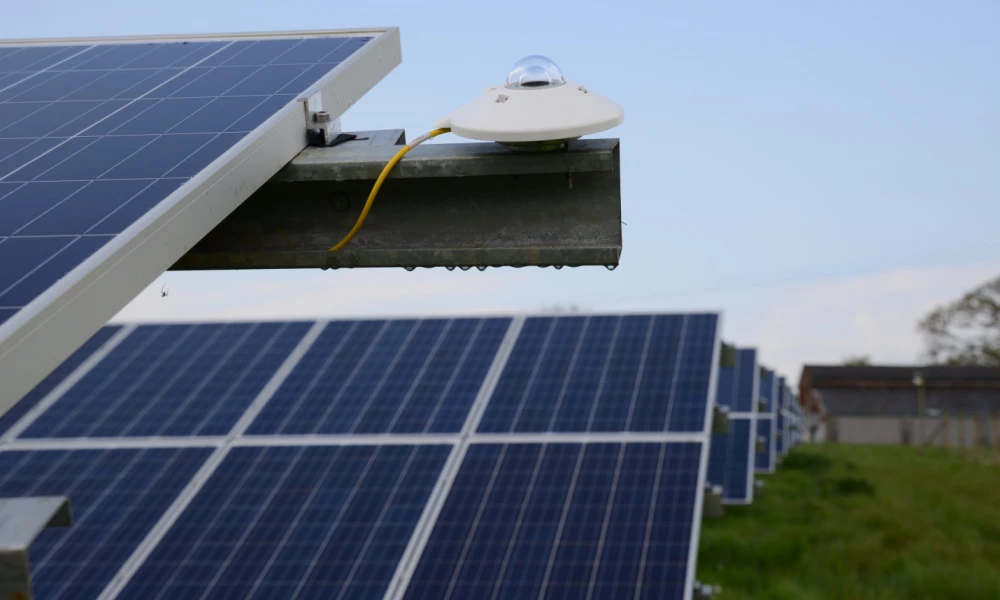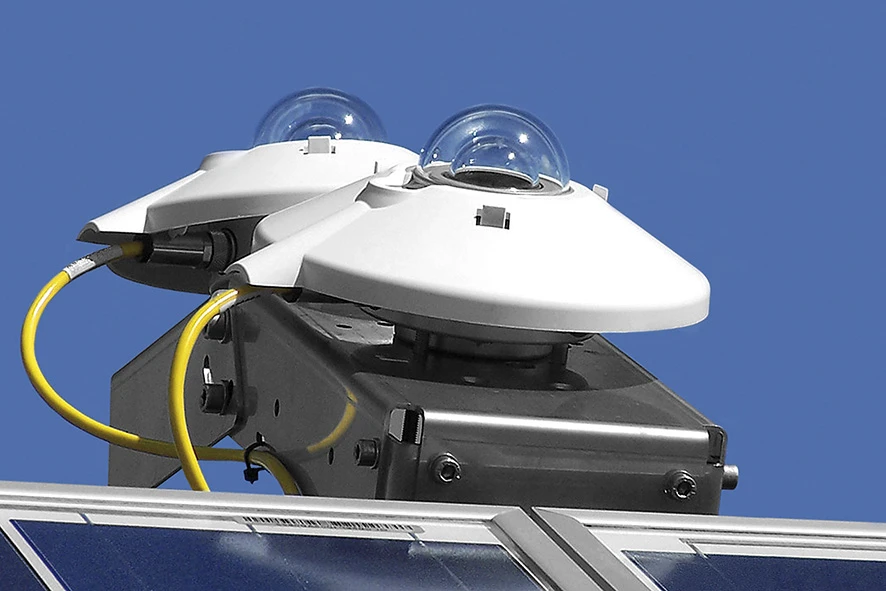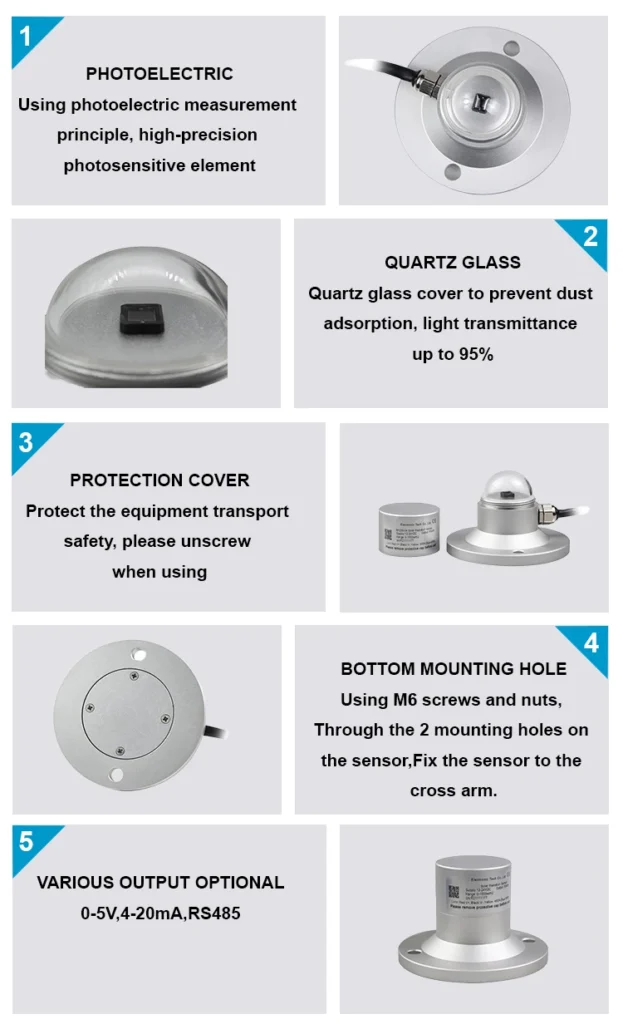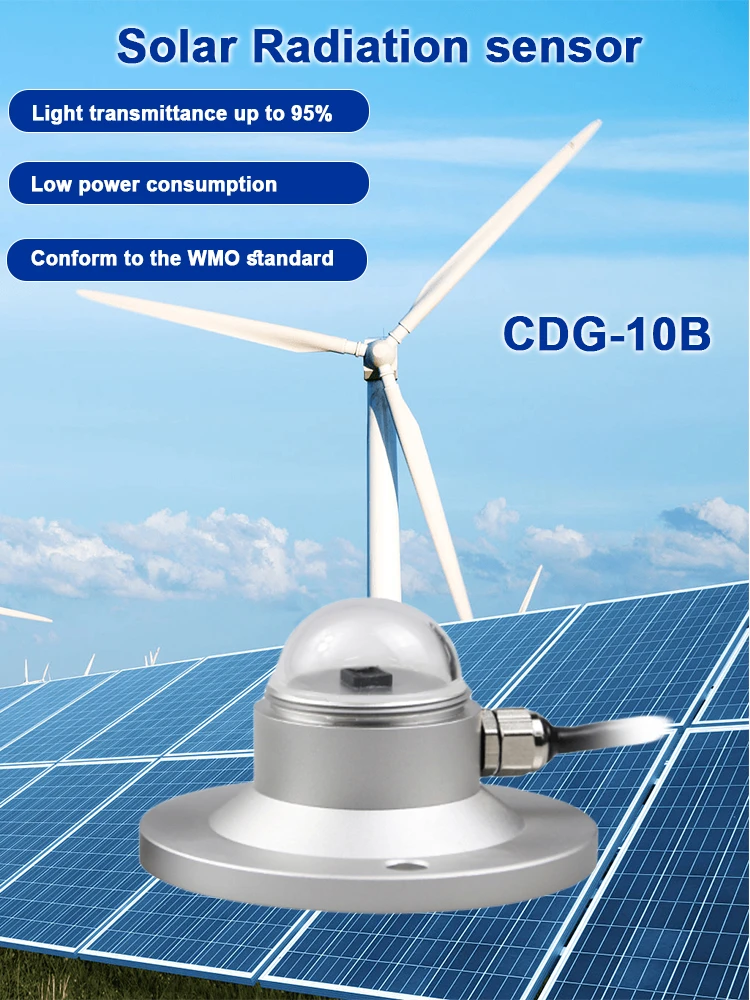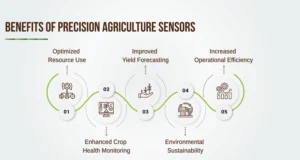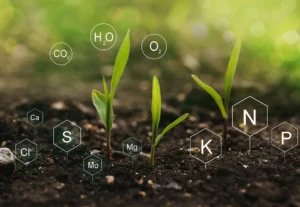What are the advantages of a pyranometer?
A pyranometer, also known as a solar intensity meter, measures total solar radiation. It tracks the energy from solar radiation per unit area. This includes direct, diffused, and reflected radiation.
Researchers often show results in watts per square meter (W/m²) or kilowatts per square meter (kW/m²). Here are the advantages of using a pyranometer:
A Pyranometer is a tool that measures radiation. It works using the photoelectric effect and other physical principles. This instrument acts as a sensor for total solar radiation. It can measure a wide range of wavelengths, from about 300 to 3000 nanometers.
Engineers create this device to measure sunlight on a flat surface. It collects data from a wide area, usually 180 degrees. Researchers often use pyranometers in fields like weather, climate studies, solar energy, and building energy management. They help measure solar energy for various purposes.
Advantages of Pyranometer
1.Exceptionally precise measurements:
The Pyranometer has a precise sensor and advanced circuits. It detects small changes in total solar radiation. This accuracy is important for scientific research, weather studies, and solar energy. In these areas, exact data is needed.
2.Extensive spectral range:
Most Pyranometers can measure solar radiation over a wide range of wavelengths. This range is typically from 300 to 3000 nanometers.
It includes visible light, infrared light, and ultraviolet light. This helps gather more detailed solar radiation data. It supports better evaluation of solar resources, weather forecasts, and climate change research.
3. Long-term stability:
Pyranometers are built to last a long time and stay stable. Engineers make them strong to handle tough conditions like extreme heat, humidity, and rain. This design helps ensure accurate measurements over time.
4. Simple installation and maintenance:
Many Pyranometers have a simple design and an easy interface. This makes them easy to install and maintain. This simplicity reduces ownership costs and improves the device’s availability and reliability.
5. Effortless data logging and transmission:
Modern pyranometers often come with a data logger and a wireless communication module. This setup allows for real-time logging and sharing of measurement data. Users can easily access and analyze this data. This helps them quickly respond to changes in the environment or fix issues.
6. Adaptability:
Some advanced pyranometers can measure more than total solar radiation. They can also measure UV and infrared radiation. This ability makes them useful for many applications.
7. Minimal maintenance expenses:
Pyranometers are advanced measuring tools, but they are cheap to maintain. They last a long time and seldom break. Easy-to-replace parts and simple care also help keep costs low.
8. Sensitivity:
These devices are very sensitive. They can notice small changes in solar radiation. This is important for science and solar energy.
9. Versatility:
They can be used for many things. These include simple solar research and detailed environmental monitoring and solar projects.
10. Ease of use:
Modern pyranometers often have digital outputs. These outputs connect easily to bigger data systems. This makes them easy to use for technicians and researchers.
11. No moving parts:
Designers often create pyranometers that have no moving parts. This helps reduce wear and tear. As a result, they last longer and need less maintenance.
12. Fast Response:
They respond quickly to changes in sunlight. This is important for noticing changes, like those from passing clouds.
13.Low Power Usage:
Many solar radiometers use very little energy. This is useful for remote places where power may be limited.
The pyranometer has many benefits. It is a key tool for tasks that need accurate solar radiation data.
conclusion
A pyranometer has many benefits for measuring solar radiation. It provides accurate readings and works with different wavelengths. It is stable over time and easy to install and maintain. Data logging and sharing are simple, and it can adapt to various needs.
These benefits make the Pyranometer an important tool in weather observation, solar energy use, environmental monitoring, and scientific research.
The Pyranometer gives important weather data to scientists, engineers, and researchers. It helps them see how solar radiation affects the Earth’s surface. It also improves the efficiency of solar energy systems. Additionally, it supports environmental and climate research by measuring solar radiation intensity.
